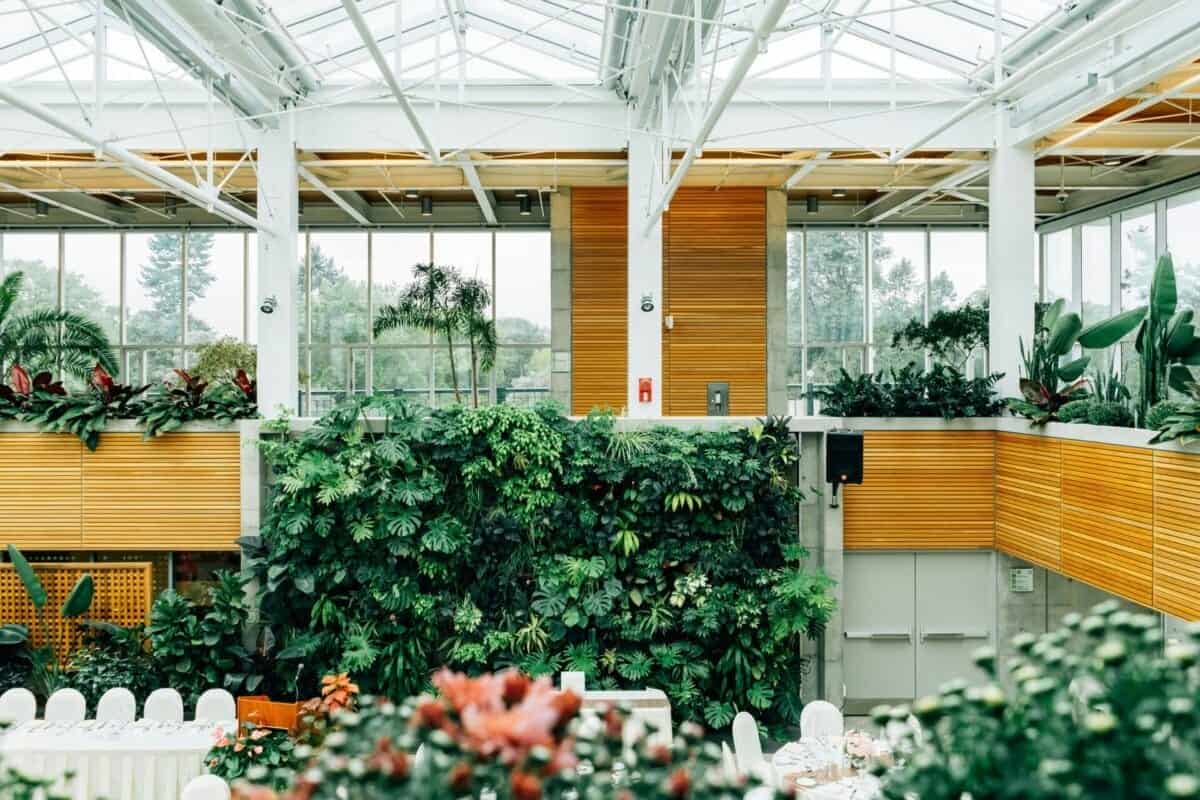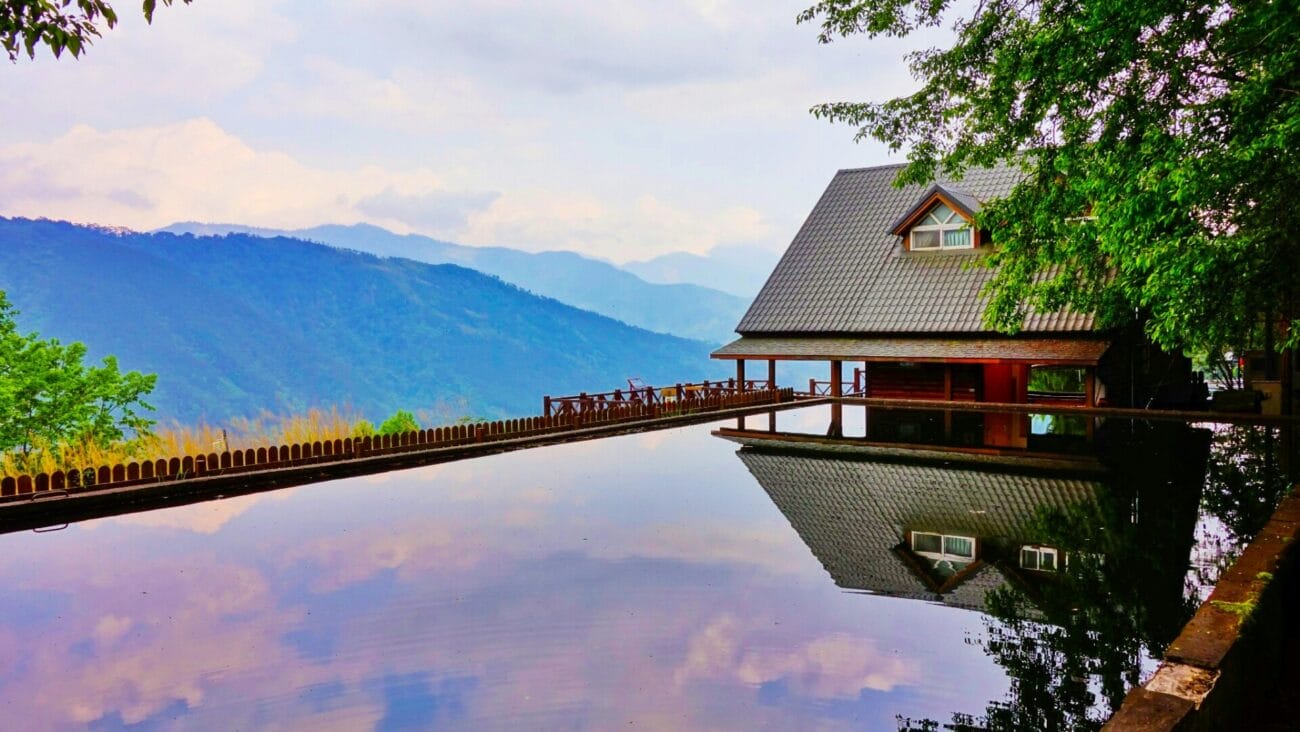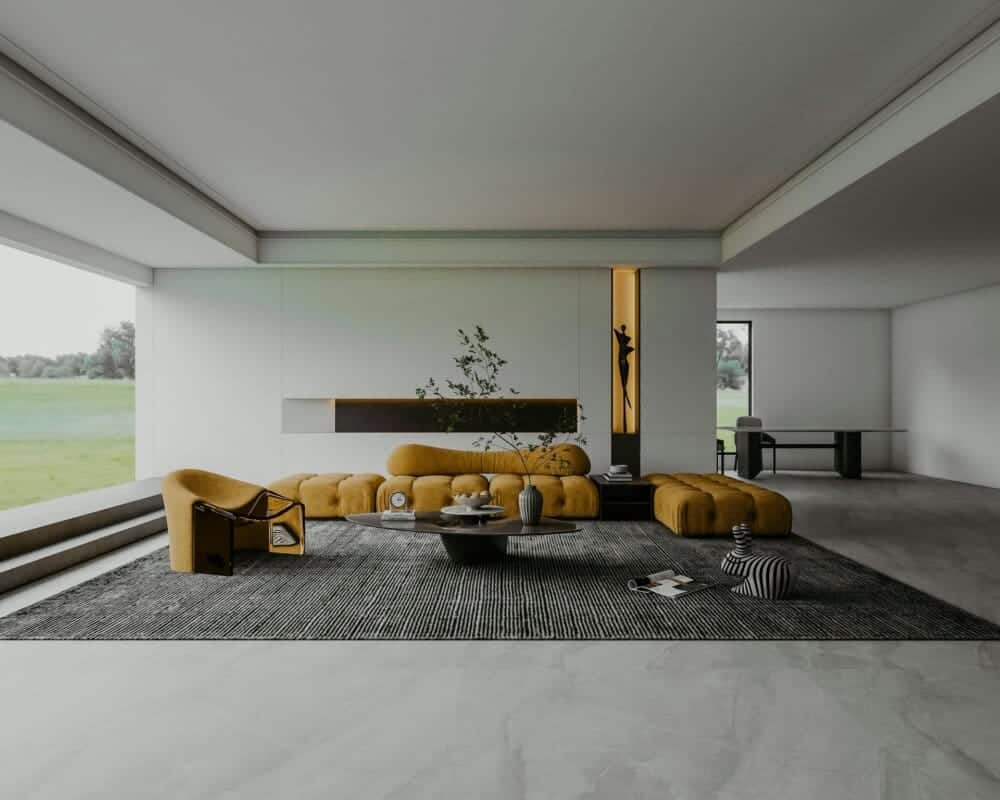
Blog
Weather Resistance of Container Houses in Malaysia


Weather Resistance of Container Houses in Malaysia
Container houses have gained popularity in Malaysia due to their affordability, sustainability, and versatility. These structures are constructed using repurposed shipping containers, which offer a cost-effective and eco-friendly alternative to traditional housing. However, one important aspect to consider when investing in a container house is its weather resistance. In this article, we will explore the various factors that contribute to the weather resistance of container houses in Malaysia and provide insights on how to ensure their durability in different climatic conditions.
Table of Contents
- Introduction
- Malaysian Climate and its Impact on Container Houses
- Proper Insulation for Weather Resistance
- Adequate Ventilation and Moisture Control
- Structural Integrity and Foundation
- Roofing Solutions for Weather Resistance
- Durable Exterior Finishes
- The Role of Maintenance in Weather Resistance
- Benefits of Weather-Resistant Container Houses
- Overcoming Challenges of Humidity
- Mitigating Flood Risks
- Fire Safety Measures
- Enhancing Thermal Efficiency
- Sustainable Design and Eco-Friendliness
- Conclusion
- FAQs
1. Introduction
Container houses have become a popular choice for residential and commercial purposes in Malaysia. These innovative structures offer a range of advantages, including cost-effectiveness, quick construction, and environmental sustainability. However, to ensure the long-term viability of container houses, it is essential to address their weather resistance capabilities.
2. Malaysian Climate and its Impact on Container Houses
Malaysia experiences a tropical rainforest climate, characterized by high humidity, abundant rainfall, and occasional extreme weather events such as heavy storms and strong winds. These weather conditions can pose challenges to the weather resistance of container houses if not properly addressed.
3. Proper Insulation for Weather Resistance
To enhance the weather resistance of container houses, proper insulation is crucial. Insulation helps regulate the internal temperature, preventing heat transfer from the exterior and minimizing condensation. By utilizing high-quality insulation materials, such as spray foam or rigid panels, container houses can withstand Malaysia’s humid climate and protect the interior from moisture-related issues.
4. Adequate Ventilation and Moisture Control
Proper ventilation is essential for maintaining a comfortable living environment inside container houses. Adequate ventilation helps prevent the buildup of moisture, reducing the risk of mold and mildew growth. Incorporating windows, vents, and exhaust fans in strategic locations allows for air circulation, ensuring the interior remains dry and well-ventilated.
5. Structural Integrity and Foundation
Container houses must have a strong structural integrity to withstand the weather conditions in Malaysia. Reinforcing the corners and welding additional steel supports enhances the overall strength of the structure. Additionally, a solid foundation is crucial to withstand potential ground movements caused by heavy rain or flooding. Proper foundation design, including adequate drainage systems, helps protect the container house from water damage.
6. Roofing Solutions for Weather Resistance
A durable and weather-resistant roofing system is essential to protect container houses from rain and direct sunlight. Various roofing options, such as metal roofs or elastomeric coatings, offer excellent resistance against water penetration and UV radiation. Regular inspection and maintenance of the roof are necessary to identify and address any potential issues promptly.
7. Durable Exterior Finishes
Applying weather-resistant exterior finishes to container houses helps protect them from Malaysia’s harsh climate. Coatings such as waterproof paints, sealants, or cladding materials provide an additional layer of protection against moisture, heat, and UV rays. These finishes not only enhance the weather resistance but also contribute to the aesthetic appeal of the structure.
8. The Role of Maintenance in Weather Resistance
Regular maintenance plays a vital role in ensuring the long-term weather resistance of container houses. Inspecting the structure for any signs of damage, addressing minor repairs promptly, and conducting routine checks on insulation, ventilation, and roofing systems are crucial. Additionally, maintaining proper drainage around the foundation and clearing debris from gutters and downspouts helps prevent water accumulation and potential damage.
9. Benefits of Weather-Resistant Container Houses
Investing in weather-resistant container houses offers numerous benefits. These include enhanced durability, increased energy efficiency, improved indoor air quality, and reduced maintenance costs. Additionally, container houses are highly customizable and can be designed to meet various aesthetic preferences and functional requirements.
10. Overcoming Challenges of Humidity
The high humidity in Malaysia can pose challenges to container houses. To overcome this, proper insulation and ventilation are essential. Utilizing moisture-resistant materials and incorporating efficient dehumidifiers can help maintain a comfortable and dry interior environment.
11. Mitigating Flood Risks
Container houses in Malaysia should be designed with flood-resistant measures in mind. Elevating the foundation, implementing proper drainage systems, and utilizing waterproof seals around windows and doors can help mitigate the risks associated with flooding.
12. Fire Safety Measures
Ensuring fire safety is crucial for container houses. Installing smoke detectors, fire extinguishers, and fire-resistant materials can significantly reduce the risks of fire. Proper electrical wiring and adherence to safety codes are also essential.
13. Enhancing Thermal Efficiency
To enhance thermal efficiency in container houses, additional insulation can be added to the walls, roof, and floor. This helps regulate the indoor temperature, reduces energy consumption, and provides a comfortable living environment.
14. Sustainable Design and Eco-Friendliness
Container houses inherently offer eco-friendly benefits due to their use of repurposed shipping containers. However, further sustainability can be achieved by incorporating renewable energy systems, rainwater harvesting, and utilizing environmentally friendly materials in construction and finishes.
15. Conclusion
In conclusion, the weather resistance of container houses in Malaysia is a critical factor to consider when opting for this innovative housing solution. By implementing proper insulation, ventilation, robust structural elements, weather-resistant roofing, and durable exterior finishes, container houses can withstand the challenges posed by Malaysia’s tropical climate. Regular maintenance and upkeep are essential to ensure their long-term durability and enjoyment.
16. FAQs
Q1: Can container houses withstand strong winds and storms in Malaysia? Container houses can be designed and reinforced to withstand strong winds and storms. Incorporating additional steel supports and ensuring a solid foundation can enhance their structural integrity, making them more resistant to extreme weather events.
Q2: Are container houses prone to leaks during heavy rainfall? When properly constructed and maintained, container houses can be weather-resistant and protect against leaks during heavy rainfall. It is important to ensure a robust roofing system and apply suitable exterior finishes to prevent water penetration.
Q3: Do container houses require more maintenance compared to traditional houses? Container houses generally require regular maintenance to ensure their weather resistance and longevity. Routine checks on insulation, ventilation, roofing, and exterior finishes, as well as addressing minor repairs promptly, can help maintain their durability.
Q4: Can container houses be customized to suit personal preferences? Yes, container houses offer high levels of customization. They can be designed to meet individual preferences in terms of layout, interior design, and exterior finishes, allowing homeowners to create a unique and personalized living space.
Q5: Are container houses environmentally friendly? Yes, container houses are considered environmentally friendly as they repurpose shipping containers, reducing waste and the need for new construction materials. They also have the potential for energy efficiency when properly insulated and designed with sustainable features.
Container houses have become a popular choice for residential and commercial purposes in Malaysia due to their affordability, sustainability, and versatility. These innovative structures, constructed using repurposed shipping containers, offer a cost-effective and eco-friendly alternative to traditional housing. However, when investing in a container house, it is crucial to consider its weather resistance to ensure durability and longevity.
The tropical rainforest climate of Malaysia, characterized by high humidity, abundant rainfall, and occasional extreme weather events, poses challenges to the weather resistance of container houses. To overcome these challenges, several factors need to be addressed.
Proper insulation is essential for weather resistance in container houses. It helps regulate the internal temperature, preventing heat transfer from the exterior and minimizing condensation. High-quality insulation materials such as spray foam or rigid panels can effectively withstand Malaysia’s humid climate and protect the interior from moisture-related issues.
Adequate ventilation and moisture control play a vital role in maintaining a comfortable living environment inside container houses. By incorporating windows, vents, and exhaust fans strategically, proper air circulation can be achieved, reducing the risk of mold and mildew growth.
To withstand the weather conditions in Malaysia, container houses must have a strong structural integrity and a solid foundation. Reinforcing the corners and welding additional steel supports enhance the overall strength of the structure. Adequate drainage systems are also essential to protect the house from water damage caused by heavy rain or flooding.
The roofing system of a container house needs to be durable and weather-resistant. Metal roofs or elastomeric coatings provide excellent resistance against water penetration and UV radiation. Regular inspection and maintenance of the roof are necessary to address any potential issues promptly.
Applying weather-resistant exterior finishes such as waterproof paints, sealants, or cladding materials adds an extra layer of protection to container houses. These finishes not only enhance weather resistance but also contribute to the aesthetic appeal of the structure.
Regular maintenance is crucial for ensuring the long-term weather resistance of container houses. Inspecting the structure, addressing minor repairs promptly, and conducting routine checks on insulation, ventilation, and roofing systems are essential. Proper drainage around the foundation and clearing debris from gutters and downspouts help prevent water accumulation and potential damage.
Investing in weather-resistant container houses offers numerous benefits. These include enhanced durability, increased energy efficiency, improved indoor air quality, and reduced maintenance costs. Container houses can be highly customizable, allowing homeowners to create a unique and personalized living space that suits their preferences and functional requirements.
In addition to the general considerations for weather resistance, specific challenges related to Malaysia’s climate need to be addressed. The high humidity can be mitigated through proper insulation, ventilation, and the use of moisture-resistant materials. Flood risks can be minimized by elevating the foundation, implementing adequate drainage systems, and utilizing waterproof seals. Fire safety measures, such as smoke detectors, fire extinguishers, and fire-resistant materials, should be incorporated. Enhancing thermal efficiency through additional insulation helps regulate the indoor temperature, reducing energy consumption. Emphasizing sustainable design and eco-friendliness by incorporating renewable energy systems, rainwater harvesting, and environmentally friendly construction materials further enhances the benefits of container houses.
In conclusion, the weather resistance of container houses in Malaysia is a crucial consideration when choosing this housing solution. By implementing proper insulation, ventilation, robust structural elements, weather-resistant roofing, and durable exterior finishes, container houses can withstand Malaysia’s challenging climate. Regular maintenance and addressing specific challenges related to humidity, flood risks, fire safety, thermal efficiency, and sustainability are essential for their long-term durability and enjoyment.
FAQs
Q1: Can container houses withstand strong winds and storms in Malaysia? Container houses can be designed and reinforced to withstand strong winds and storms. By incorporating additional steel supports and ensuring a solid foundation, their structural integrity can be enhanced, making them more resistant to extreme weather events.
Q2: Are container houses prone to leaks during heavy rainfall? When properly constructed and maintained, container houses can be weather-resistant and protect against leaks during heavy rainfall. It is essential to ensure a robust roofing system and apply suitable exterior finishes to prevent water penetration.
Q3: Do container houses require more maintenance compared to traditional houses? Container houses generally require regular maintenance to ensure their weather resistance and longevity. Routine checks on insulation, ventilation, roofing, and exterior finishes, as well as addressing minor repairs promptly, can help maintain their durability.
Q4: Can container houses be customized to suit personal preferences? Yes, container houses offer high levels of customization. They can be designed to meet individual preferences in terms of layout, interior design, and exterior finishes, allowing homeowners to create a unique and personalized living space.
Q5: Are container houses environmentally friendly? Yes, container houses are considered environmentally friendly as they repurpose shipping containers, reducing waste and the need for new construction materials. When properly insulated and designed with sustainable features, they also have the potential for energy efficiency.
Desain Rumah Kabin
Rumah Kabin Kontena
Harga Rumah Kabin
Kos Rumah Kontena
Rumah Kabin 2 Tingkat
Rumah Kabin Panas
Rumah Kabin Murah
Sewa Rumah Kabin
Heavy Duty Cabin
Light Duty Cabin






















